onul:The Irish werewolf is different from the Teutonic or European werewolf, as it is really not a “monster” at all. Unlike its continental cousins, this shapeshifter is the guardian and protector of children, wounded men and lost persons. According to some ancient sources, the Irish werewolves were even recruited by kings in time of war. Known in their native land as the faoladh or conroicht, their predatory behaviour is typical of the common wolf, not beneath the occasional nocturnal raid on local sheep or cattle herds. If attacked or surprised while in wolf form, they usually simply run off because this causes them to shift back into their more vulnerable human form. However, after changing back into a man or woman, evidence of their lupine adventure remains on their bodies. If wounded, the injury remains. If they kill a sheep or cow, the telltale bloodstains stay on their faces and hands.
The most famous of the mythical Irish werewolves are the people of Ossory (modern day Kilkenny) whose legends live on even today. Among other lingering tales, the Ossory folk were documented by none other than Giraldus Cambrensis who, in the year 1185 transcribed what was no doubt a much older, oral folktale. According to Giraldus, the Ossory werewolves worked in pairs, male and female. A chosen couple lived as wolves for seven years before returning to human form to be replaced by a matched set of two others. During their time as wolves, they fed from the herds but this was taken as their due for watching over wandering children, healing the wounded, and guiding lost strangers to safety.
Despite the fact that this is a pre-Christian folk belief, the Irish werewolves eventually gained a reputation for being under a curse from either St Natalia (St Nailè) or, naturally, St Patrick as punishment for some vague transgression committed long ago. If you read Giraldus’ account of these creatures, it is easy to separate what may be the original tale from his preachy commentary at the end.
http://www.ancientworlds.net/aw/Article/1203825Ah, Ancientworlds! That site had so much cool stuff on it.
venerdì 4 gennaio 2013
Cose che non sapevo sui lupi mannari irlandesi...e che mi danno un po' di sollievo
Iscriviti a:
Commenti sul post (Atom)

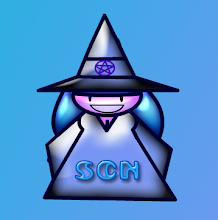
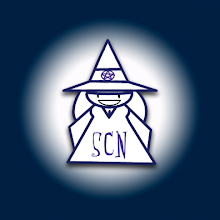
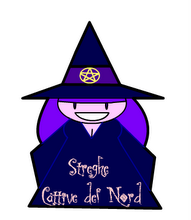
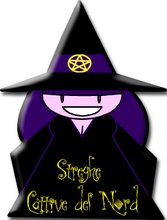
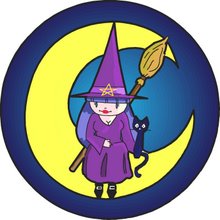






Nessun commento:
Posta un commento